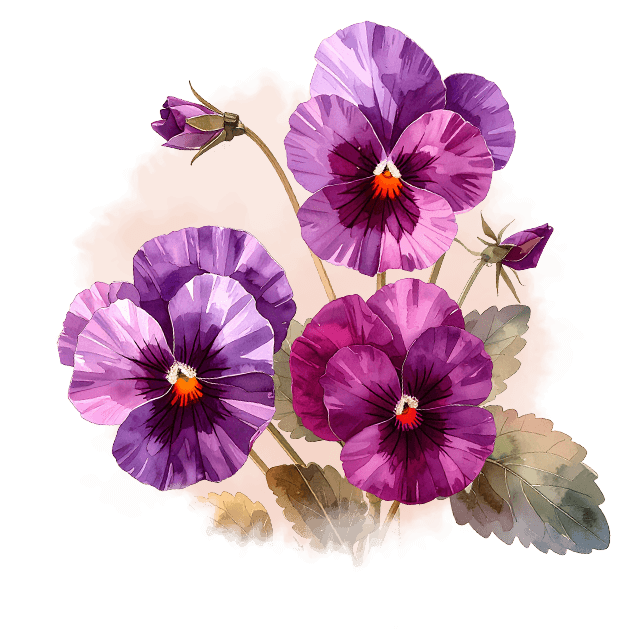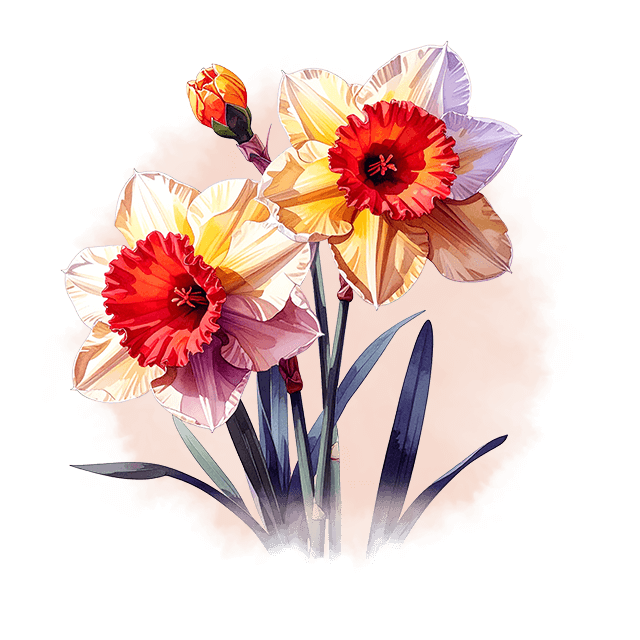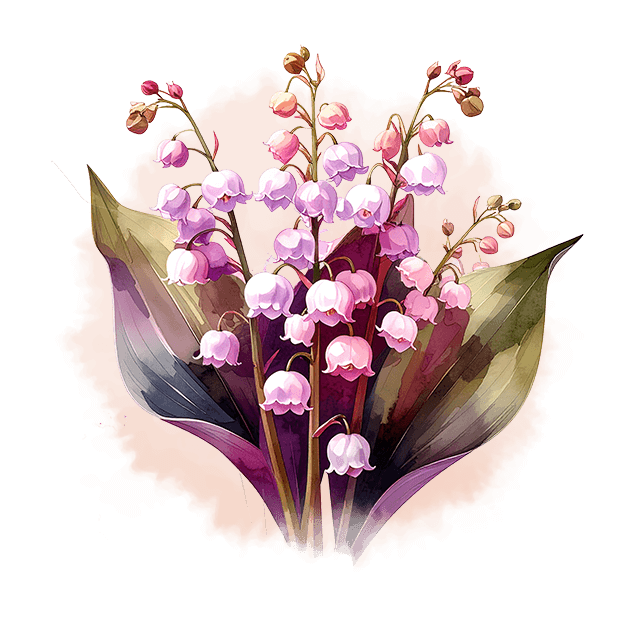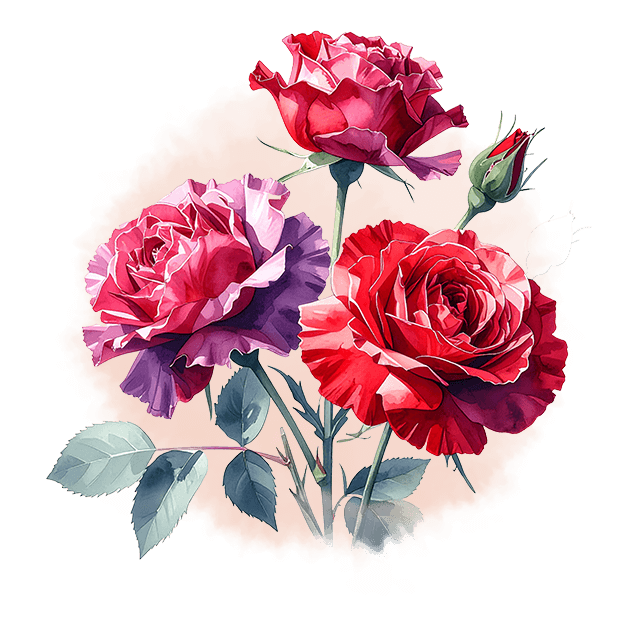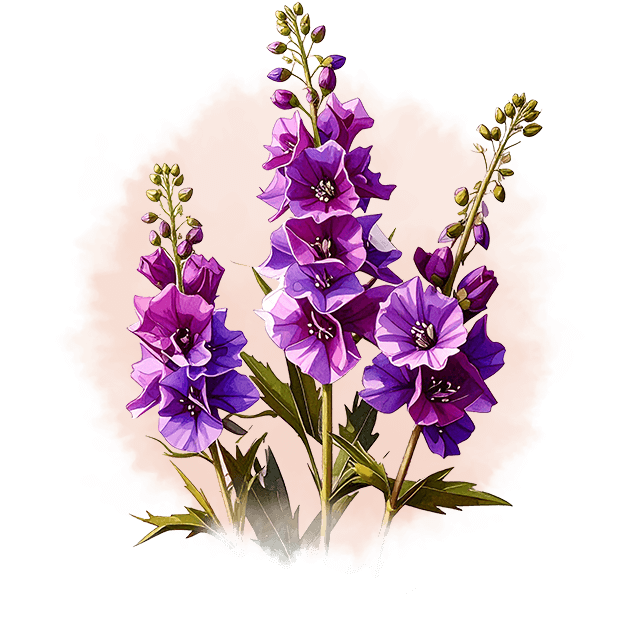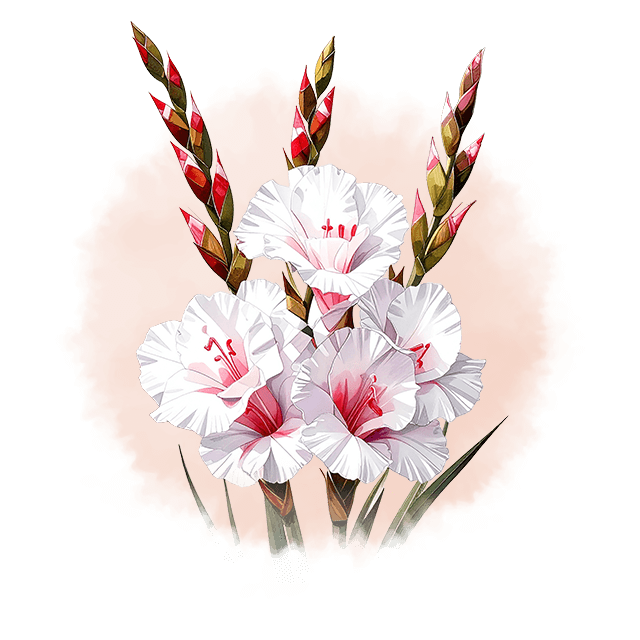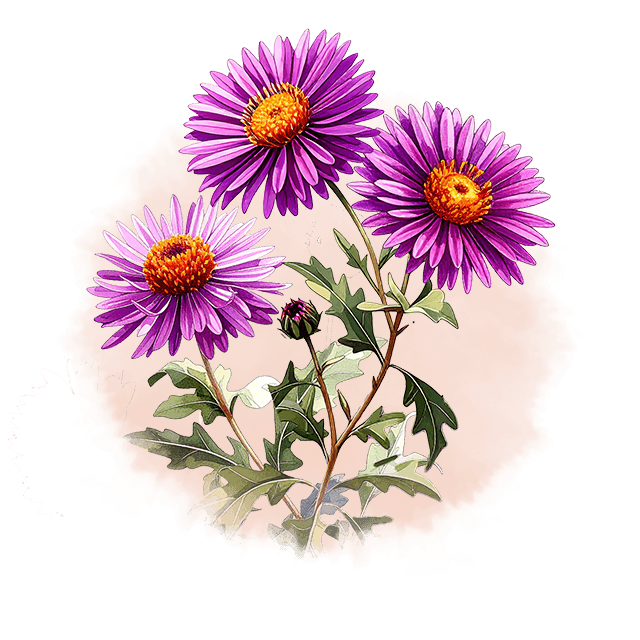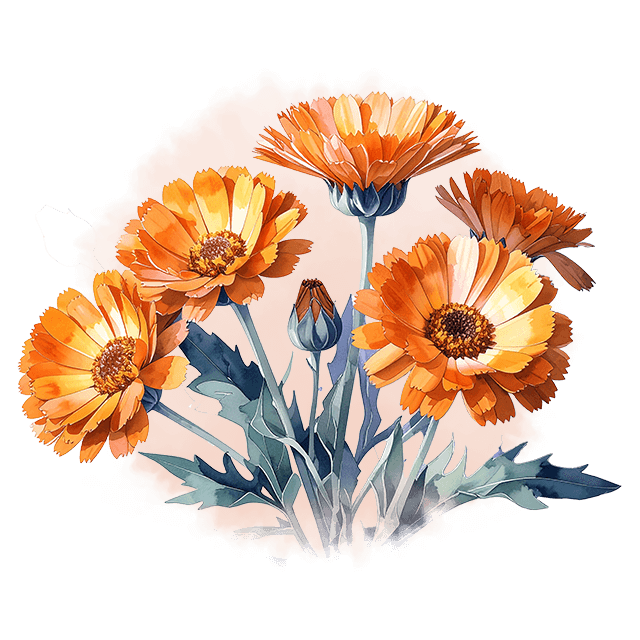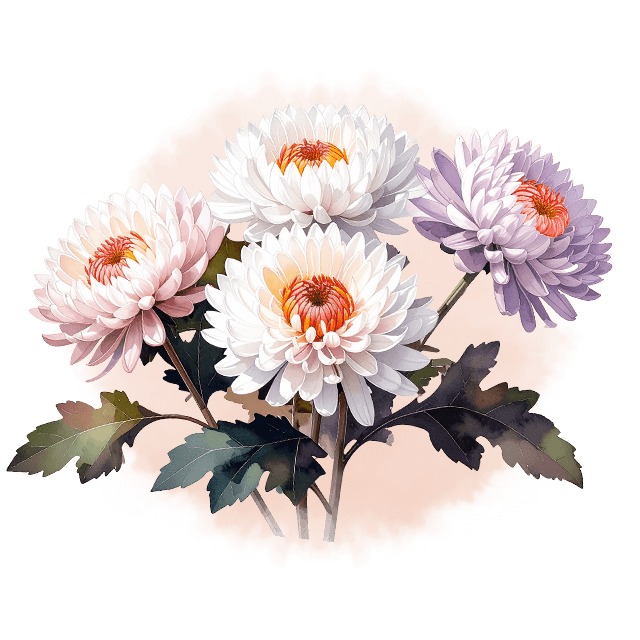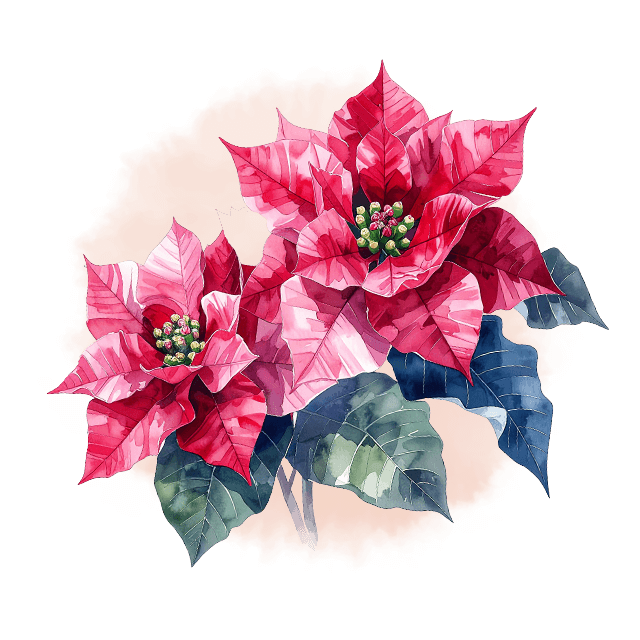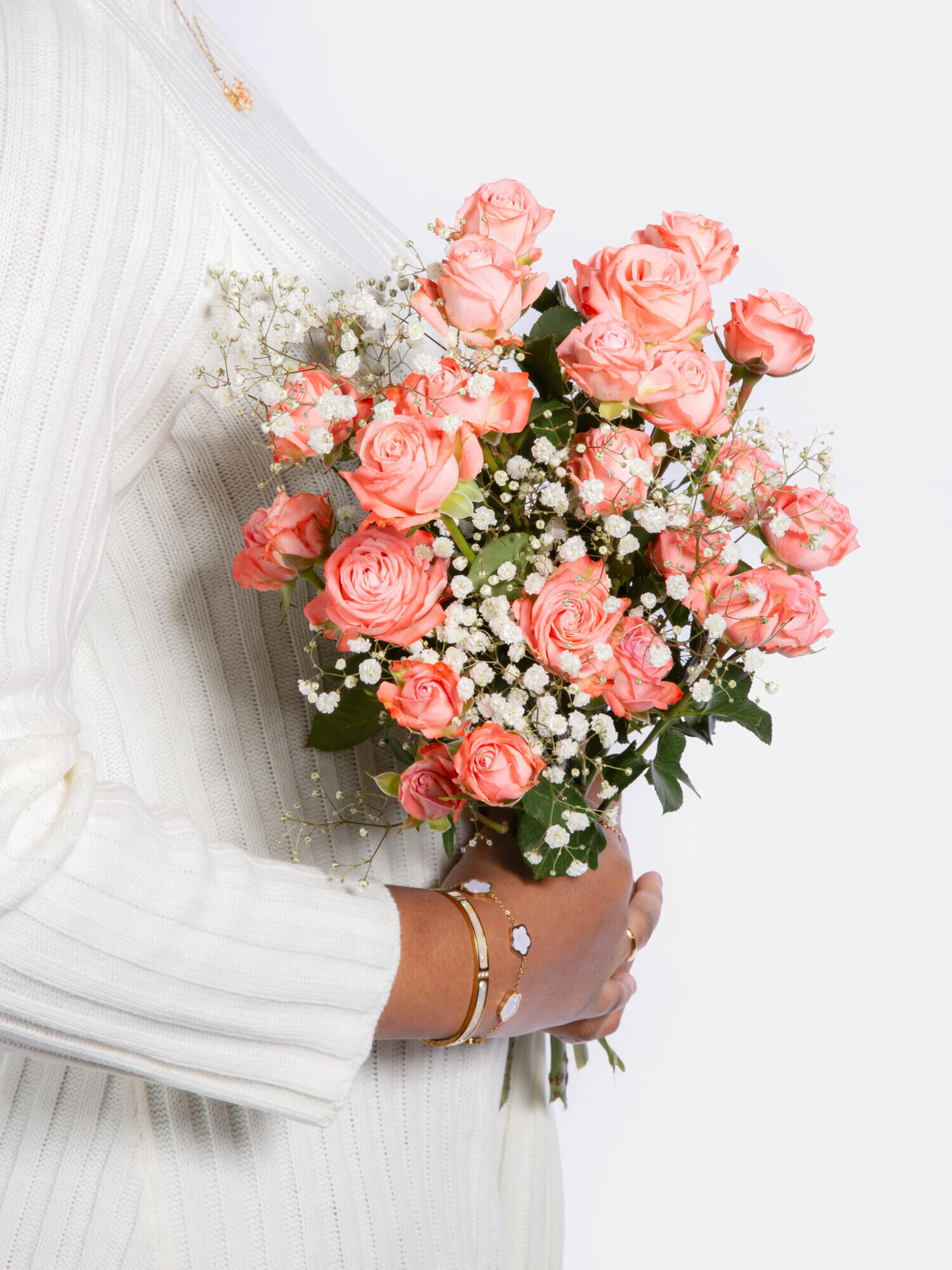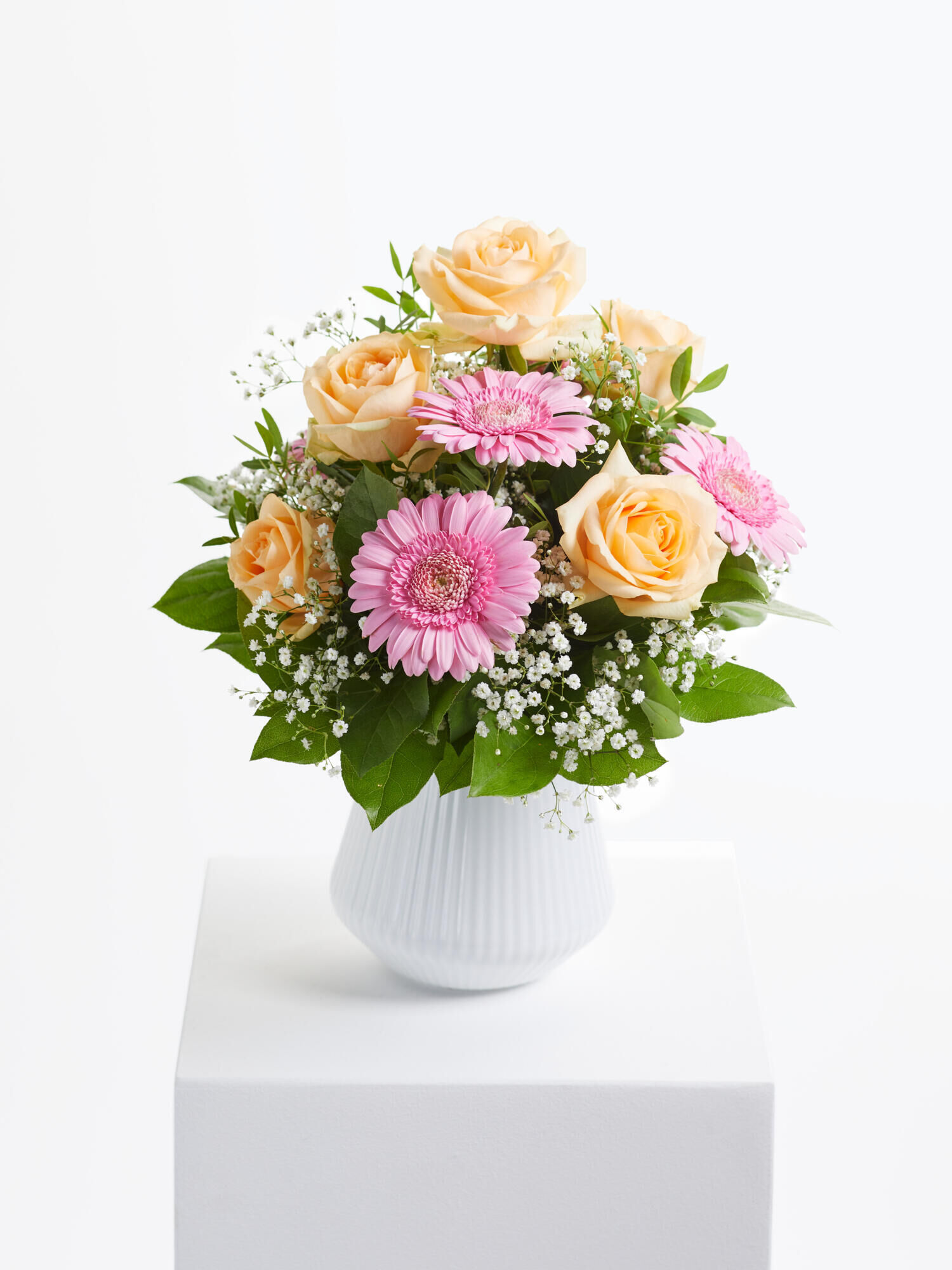Birth flowers by month – overview & meaning
Flowers say more than a thousand words – especially when they have personal significance. That's precisely why birth flowers are so popular. They combine floral beauty with symbolic depth and are ideal gifts for birthday boys and girls.
But what exactly is a birth flower? And which flower corresponds to which month? In this article, you will find a detailed overview of all birth flowers from January to December, including their meaning and origin.
A birth flower is a flower that is associated with a specific month – similar to a zodiac sign. It is said to reflect the personality, strengths and characteristics of the person born in that month. The idea originated in the Victorian era and is based on the language of flowers, which assigns an individual meaning to each flower.
Often, you will read about not just one, but two birth flowers per month. The reason for this is that, depending on tradition, culture or source, the associations can vary slightly. That is why two suitable flowers are often named per month – both with their own unique symbolism. This gives you the choice of which flower best describes you or your loved ones.
The meaning of birth flowers – what they reveal about you
Every birth flower is more than just beautiful to look at – it also has a deeper meaning. Their symbolism ranges from love, hope and loyalty to courage, wisdom and new beginnings. It is precisely these different characteristics that make birth flowers such a personal gift.
The meaning of birth flowers is based on the so-called language of flowers, which was already used in the Victorian era to express feelings that could not be put into words. Each flower had (and still has) a clear message. For example, the rose stands for love, the daffodil for joie de vivre, the chrysanthemum for friendship and the lily for purity.
When you give someone their personal birth flower, you express more than with a simple bouquet of flowers – you say: I see you, I understand you, and I have thought about you.
Birth flowers tell a story – about a person's character, nature and emotions. They not only make a gift more beautiful, but also more meaningful.
What is my birth flower?
This question is easy to answer: your birth flower depends on the month you were born. In our overview, you will find two birth flowers for each month – with explanations and meanings.
Which month has which birth flower?
In our birth flower calendar, you will find an overview of all the flowers for each month – from January to December:
Each birth flower has its own unique symbolism – it represents values, character traits or stages of life. For example, the rose symbolises love, while the aster stands for wisdom and trust. These meanings mostly originate from the language of flowers and ancient traditions – and make the flower an emotional gift.
There are usually two birth flowers per month, although these can vary regionally or historically. For example, the daffodil is widespread in March, but is sometimes also associated with February or April. The double designation allows you to choose the flower that best suits you or the recipient.
The idea of birth flowers originated in the Western world – particularly in the Victorian era. At that time, the language of flowers (floriography) was particularly popular. Each flower was assigned a specific meaning, which was often communicated secretly. This symbolism was later transferred to the months – and today forms a beautiful tradition that still touches people's hearts.
Many people ask themselves: does my birth flower match my zodiac sign? The answer is yes – in many cases, there are parallels between zodiac signs and birth flowers, as both concepts interpret a person's personality based on their date of birth. While the zodiac sign is more astrological in nature, the birth flower is about symbolism, nature and emotional impact.
Example:
Those born under the sign of Leo (July–August) are courageous and self-confident – matching the gladiolus, which stands for strength and pride.
Those born under Pisces (February–March) are considered sensitive and romantic – qualities that go wonderfully with violets.
Taureans (April–May) are down-to-earth, sensual and close to nature – like lilies of the valley, which radiate happiness and tranquillity.
So if you want to give your birth flower even more depth, you can also take a look at your own zodiac sign – and choose a holistically appropriate floral gift.
Tip: The combination of birth flower and zodiac sign is also wonderful for creative greeting card texts or as inspiration for individual floral gifts.
Although the peony is not officially one of the classic birth flowers of any month, it has nevertheless earned a permanent place in the symbolic language of flowers – especially for early summer. Many associate it with the months of May or June, as this is when it blooms most magnificently.
The peony has a lot of meaning: it stands for love, wealth, beauty and romantic affection. In Asia, it is even considered the ‘queen of flowers’ and is a symbol of honour and happiness.
So if your birthday is in late spring or early summer, you may feel particularly drawn to the peony – even if it is not officially listed as the flower of the month. With its impressive blossom and emotional depth, it is wonderfully suited as a complementary birth flower for May and June – or simply as a personal favourite flower with a powerful message.
Tip: The peony is also ideal for loving floral greetings around Mother's Day or simply as a sign of deep appreciation.
Would you like to learn more about flowers and their meanings? Discover the flowering calendar, exciting flower varieties or secure a seasonal bouquet as a birthday gift – with a personal card and same-day delivery.















